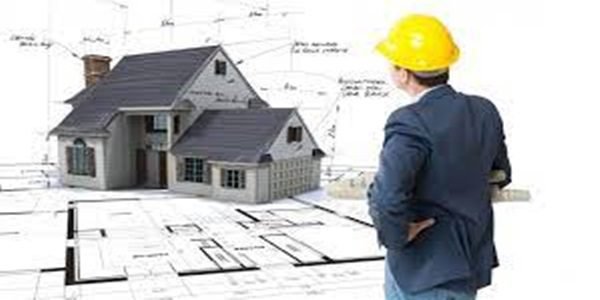Last Updated on July 30, 2022 by
Engineers have since long developed physical assets like tunnels, bridges, and buildings. Now, with the evolving times, they have begun to produce a digital asset along with the physical one. It is called a digital twin. It gives a real-time interactive model of physical infrastructure.
Digital engineering solutions transform technology and customer experience through a customer-oriented approach to design and technology for various sectors. A digital engineer designs a building information model (BIM). It’s a digital demonstration of a physical asset and comprises information regarding its construction, design, and future function.
Table of Contents
What is BIM?
It is a useful technique that enables engineers and architects to test how a design performs before its actual construction. Through this testing, they can enhance its performance throughout its lifecycle.
Digital engineering also covers augmented and virtual reality, drone imagery, advanced building material, machine learning, and artificial intelligence.
Taken along with BIM, such cutting-edge technologies can be utilized to enhance the digital twin and make sure that it suitably represents the real-time functionalities of the physical asset.
What Does Engineering Digital Assets Entail?
It is undoubtedly a challenging task to become an established mechanical, structural, or civil engineer. Successfully achieving such a position requires a tremendous amount of determination and talent.
There is no single person who possesses complete knowledge of digitally engineered solutions. Therefore, a team of people having different skills and abilities comes together to deliver such solutions.
Such a team collaborates efficiently with numerous designers, stakeholders, sub-contractors, and advisors to generate an asset as well as its digital twin. The entire procedure of designing and developing it produces a humongous amount of data that needs to be captured and kept.
This data comes from a broad array of non-traditional and traditional sources, like different technological systems and paper-based documents.
To efficiently capture and comprehend this data, there is a need for an open platform that can incorporate any data source. It ensures the smooth flow of data throughout the asset’s entire lifecycle.
Read More: Top Four Gadgets That Will Make Your Life Better
Importance of Engineering Digitally
Throughout an asset’s lifetime, like constructing a dam or office building, the owners work with an array of companies and people to keep it operational. These services come under facilities management. Digital twins will overhaul how the sector functions by imparting a real-time model of an asset’s environmental and operational performance.
It’s important because if a piece of equipment suddenly fails or stops working, the maintenance teams do not need to break a particular wall down and inspect the problem. Through digital twin, they can know precisely the issue and figure out a suitable method to resolve it. They don’t need to damage the whole building structure, which will naturally cost vast sums of money.
This capacity to determine exactly what’s occurring within a physical asset is based on a semantic data model. It captures the essence or meaning of the data items and the relation between them. With the aid of the digital twin in the design and construction procedure, facilities management personnel can refer to a sound digital model when they start managing the asset.
Data begins to be captured when the asset is still in its infancy stage. The data capturing process develops swiftly with the lifecycle of the project till it becomes a digital twin. An easy-to-use platform can digitally capture all the information and unlock the vast potential of engineering assets.























